In addition to the abundance of food, it is often in Italy that food concerns and eating habits are also different from those in Japan.
Today I will introduce you to Italian breakfast and baby food.
Sweet monotonous breakfast
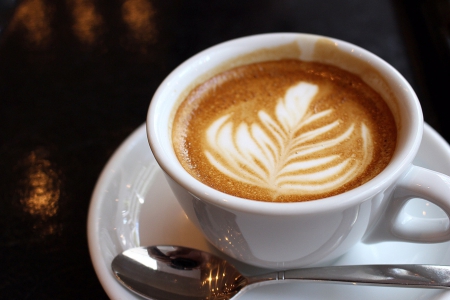
One of the surprises of coming to Italy is that Italians love sweets. It is the Italian-style breakfast that appears prominently.
From sweet coffee in the morning
Speaking of Western breakfast, I think that there are a lot of people who generally imagine a combination of sausage, bacon and bread in egg cooking. In fact, these are mostly American and British styles.
Italians are not. From the morning, I rarely eat meat, vegetables, eggs, etc., anything that is sweet. In the morning, it is common to eat sweets and raise blood sugar levels.
The Italian morning starts with a cup of coffee. I eat sweets with espresso and cappuccino with plenty of sugar.
Eating Japanese snacks from the morning
From croissants based in cream and chocolate to traditional ones, Italian moms are said to be able to make anything, and they also eat something like jam tart called crostarter. Another thing is to dip Biscotti or cookies into milk or coffee and eat it. What you eat in Japan as a snack is the Italian breakfast.
The Italians take lunch time slowly because of the custom of having such a light breakfast. There are lunch breaks for a couple of hours, and there are many people who go home and eat at home and lunch.
Breakfast at Japanese Ryokan is too luxurious!?
For such Italians, a wonderful Japanese breakfast, such as a Japanese inn, felt that “It’s great for Japanese to eat dinner from morning”, and my Italian husband was surprised from the bottom of his heart.
Even babies eat Italian food!

I gave birth to the first child in Italy and the second child in Japan, but in Italy and Japan the way of thinking about baby food was very different.
Japanese baby food
In Japan, we start to eat baby food around 5 or 6 months. At first, it was 10 times as much as a spoonful, and when I got used to it I increased it to two spoons, three spoons and then smashed vegetables one by one, and then I think that it was the order of tofu and white fish.
I was taught to eat chicken and lean fish after 7 to 8 months of baby food, and beef and pork after 9 or 11 months.
Italian baby food
On the other hand, in Italy, it starts to eat a paste of mashed fruit from 4 months. The first are apples, pears and bananas. Baby paste fruit pastes are sold in small bottles, and pediatric teachers are encouraged to have commercial products. The reason is that Italian baby food products have very strict safety standards, and fruit paste is completely safe without pesticides. There is a possibility that pesticides are used for normal adult fruits, so we are always making sure to eat baby food for babies.
And after five months, I will give soup. Boil zucchini, carrots, potatoes, leafy vegetables (especially it’s a vieta-like Italian vegetable like Komatsuna) over time with water and add to the soup. In Japan, chopsticks were the basis, but in Italy, this soup is the basis of baby food.
Olive oil and cheese
At first, I only feed the soup without ingredients, but the surprising thing is to put in olive oil and cheese (palmigiano reggiano). I put in from the first baby food. Italian baby food uses olive oil and cheese abundantly.
Both Japan and Italy don’t use salt for baby food, but the natural saltiness of olive oil and cheese makes it an appetizing scent for adults as well.
The cheese is said to be aged for at least 24 months, and a teaspoon of tea seems to provide the daily calcium and polyphenols needed by the baby.
Olive oil is also available on the market as extra virgin olive oil for babies, 100% organic olive oil free of wrinkles.
Half a year eat pasta too!
Once you get used to the soup, prepare the boiled vegetables together and have them mixed with the soup. Unlike Japan, where one type is carefully eaten, Italy mixes vegetables from the beginning and gives it.
Furthermore, from the 6th month, pasta and rice are cooked and eaten with vegetable soup. Baby food is also marketed for pasta and rice. There are also cute pasta with star and heart shapes, and rice flour for babies.
Rich meat types
Then, when you can eat pasta and rice, add meat paste. In Japan, it is meat after it has been eaten, but in Italy it is fish after it has been eaten.
It is very convenient because paste-like meat and fish are marketed in bottles.
By the way, meat baby food is rich in varieties, such as lamb, calf, rabbit and horse meat as well as cow, pig and chicken. There is also a raw ham paste without salt. It’s Italian from baby food. These pastes can be eaten without cooking. As an aside, when using baby carriers with baby food when using an Italian airliner, this bottling could be passed as it is.
Conclusion
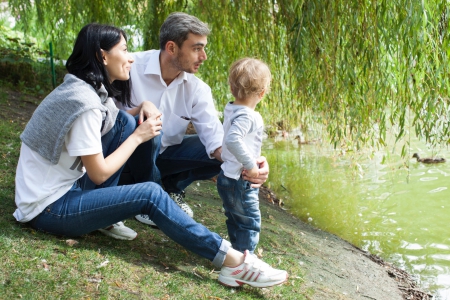
Different countries are very interesting as breakfast styles and baby food practices are completely different. In my sense, I felt that the main part of the dinner and lunch, such as breakfast and baby food, would not be unique in the country.
Italian baby food is delicious even for adults
By the way, my family has eaten in half in Japan and Italy, but I think that in the early days, it was better to eat baby in Italy than in Italian. I also think that it is an Italian baby food that adults taste and taste delicious.
It may be good to try an Italian baby food if you have a chance that your baby is having trouble eating baby food. Of course this is my personal experience, so I do not know which one is correct …



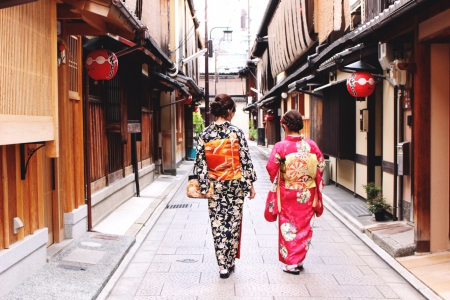







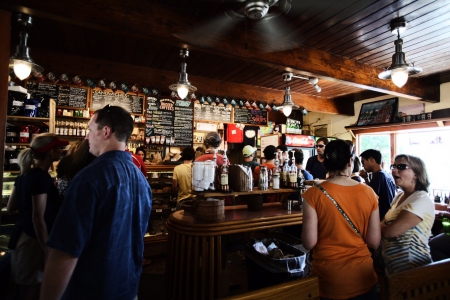





















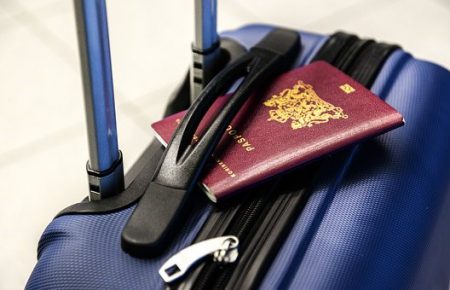




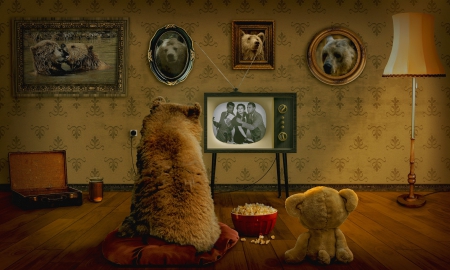

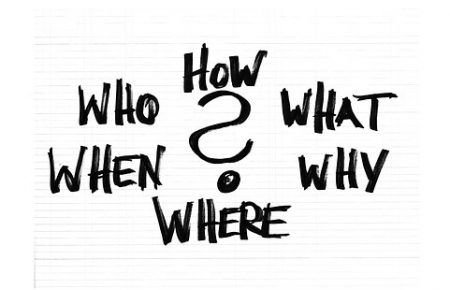
Leave a Reply